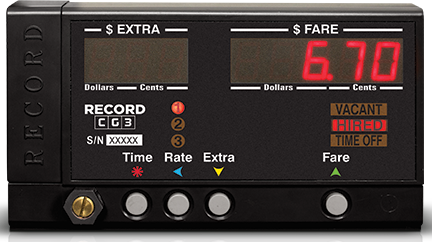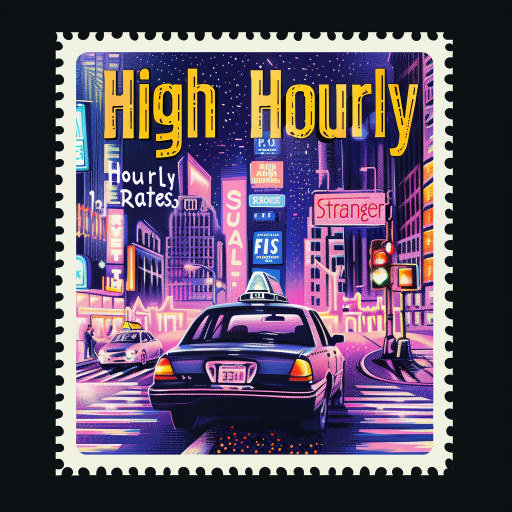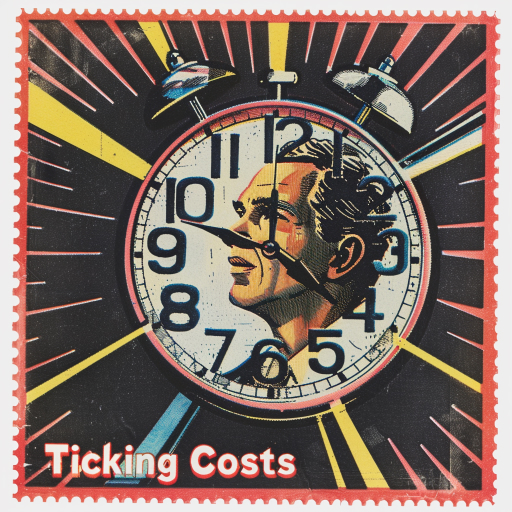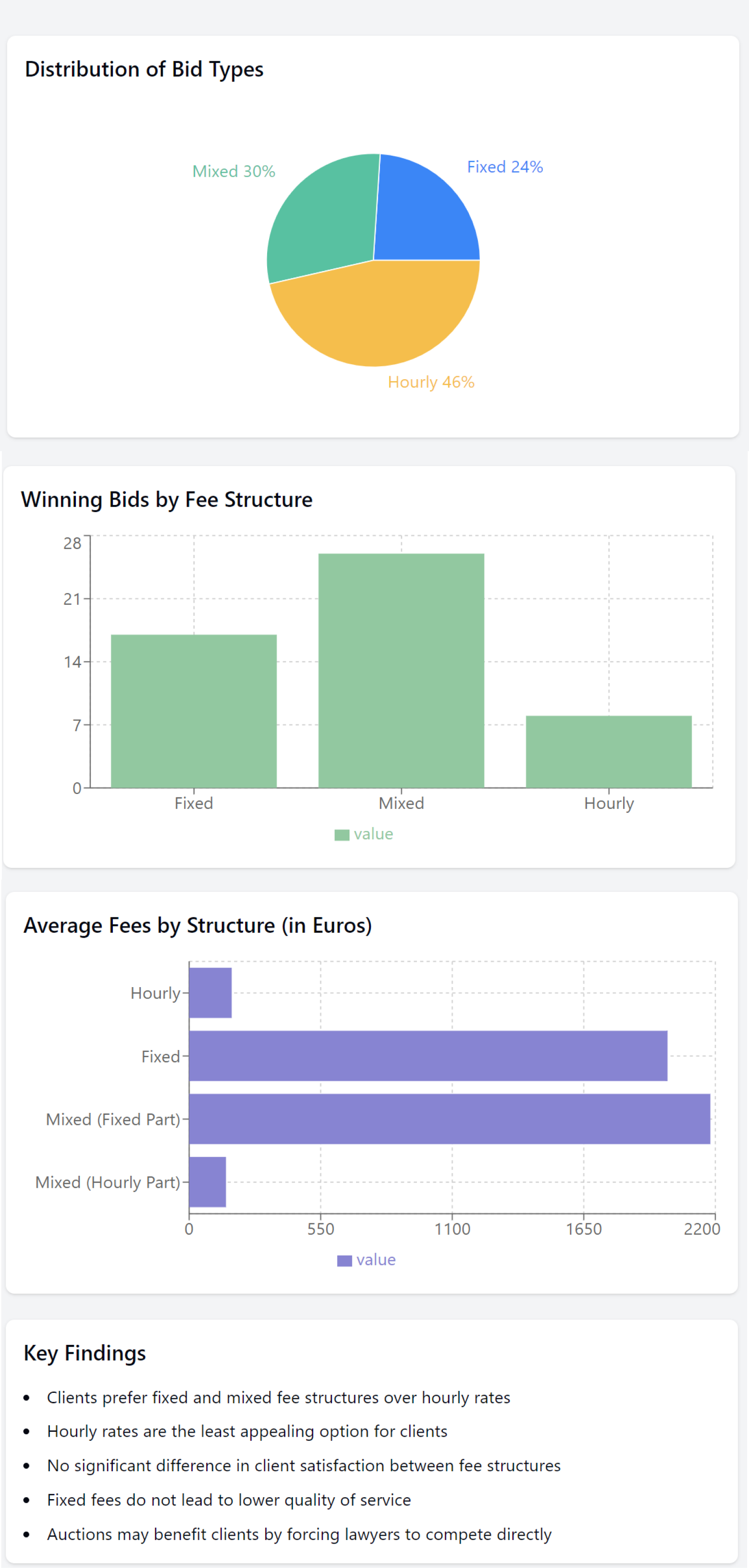Proud of your high hourly rate? Your clients aren't (and here's what you should do instead)

GET THE #1 EMAIL FOR EXECUTIVES
Subscribe to get the weekly email newsletter loved by 1000+ executives. It's FREE!

Queenstown lake - a beautiful day until the taxi ride
The Taxi Metre
A few months ago I was at a friend's wedding in Queenstown. It was a beautiful day and the location was amazing, everything was perfect... until the moment I had to leave. Uber was not available in the area and the only option was to take a taxi.
I got in the taxi and the driver started the meter. I was a bit anxious about the cost, but I thought it would be fine.

I spent the next 40 minutes, staring transfixed at the meter as it climbed higher and higher. By the time we reached the airport, I was shocked to see the final fare. It was almost double what I had expected. $100 for a 40-minute ride.
If I had taken an Uber, I wouldn't have minded, but the taxi meter made me feel like I was being taken advantage of. I was just watching money drip out of my pocket with every tick of the clock. It was a terrible feeling.
It made me realise - this is how clients feel about high hourly rates.
It gave me a whole new perspective on how clients feel about hourly billing. It's not just about the cost – it's about the psychological impact of watching the clock tick away your hard-earned money. It's about feeling like you're being taken advantage of, even if that's not the intention.
The hourly rate - the taxi metre of professional services

In the world of professional services, from law firms to management consultants, the hourly rate has long been considered the gold standard of success. The higher your rate, the more valuable you are – or so the conventional wisdom goes...
(You can probably guess where this is headed)
... But what if I told you that this deeply ingrained belief might be not just wrong, but actively harmful to your business? Let's dive into some fascinating research that challenges everything we think we know about pricing and client satisfaction.

The Illusion of Value
We often assume that a high price tag equates to high quality. This psychological quirk, known as the price-quality heuristic, has been well-documented in consumer behavior research. A 2008 study by Shiv, Carmon, and Ariely found that people who paid more for an energy drink believed it worked better at improving mental acuity, even though all participants received the same placebo drink.
But here's the kicker: while this effect might work for consumer goods, it doesn't necessarily translate to professional services. In fact, it might be doing more harm than good.
Borrowing from Jeff Bezos, the founder of Amazon, "When the data and the anecdotes disagree, the anecdotes are usually right." Passing the simple test of asking your clients about their feelings towards your hourly rate might reveal a lot about the value they perceive in your services.
Put another way, when buying a Ferrari, people often talk about that high price as a badge of honor. But when it comes to professional services, clients are more likely to feel ripped off than impressed by a high hourly rate. Most conversations about high hourly rates, are never followed by a "wow, that's a great deal" but rather a "wow, that's expensive".
Client's only value necessary and efficient effort
A groundbreaking study by Hsee, Zhang, and Zhang in 2013 introduced what they called the "effort heuristic". They found that people tend to value products more when they perceive that more effort went into creating them. On the surface, this might seem to support hourly billing – after all, more hours equal more effort, right?
Not so fast. The study also revealed a crucial caveat: this effect only holds when the effort is seen as necessary and efficient. When clients perceive that professionals are dragging out work to inflate billable hours, satisfaction plummets.

The Trust Factor
A 2019 survey by Clio, a legal practice management software company, found that 87% of consumers want lawyers to be more transparent about their fees. This desire for transparency isn't unique to the legal profession. Across industries, clients are becoming increasingly skeptical of the hourly billing model.
And it's no suprise, with this article from the journal of accountancy, showing that 55% of clients are dissatisfied with the hourly billing model and prefer fixed fees.

Why? Because it creates an inherent conflict of interest. Just look at this study from Europe, where it found that hourly rates were the least attractive to clients, contradicting that hourly rates are in their best interest.

The Psychology of Flat Fees
Interestingly, research suggests that clients prefer flat fees even when they end up paying more. This study talks about it:
You would think purchasing professionals arguably choose a price plan that leads to the lowest costs—all else being equal—for their companies when buying services. However, evidence suggests that they prefer flat rates, even where these are more expensive than pay-per-use options. A series of four experiments showed that experienced purchasing professionals tend to exhibit a flat-rate bias in their price plan choices across different business services.
This preference aligns with what psychologists call "loss aversion" – the idea that people prefer avoiding losses to acquiring equivalent gains. With hourly billing, every tick of the clock feels like a loss to the client. Flat fees eliminate this psychological burden.
The solution? Value-based pricing
So, what's the alternative? The answer lies in value-based pricing. Instead of charging by the hour, focus on the value you provide to your clients. This approach has been gaining traction across industries, from law firms to marketing agencies.

Our Consulting Pricing Model Worksheet useful to help you value your value
We created a whole article on value-based pricing that goes into more detail, along with a worksheet to help you get started.
Value-based pricing is about aligning your fees with the outcomes you deliver. It requires a deep understanding of your client's needs and a willingness to share in the risks and rewards of the engagement. By shifting the conversation from time to value, you can build trust, foster long-term relationships, and increase client satisfaction.
A key thing to consider is that - it takes a lot more work on your side to understand the value you provide to your clients. This is particularly true if you have been on autopilot and quoting things on a time and material basis for a long time.
Reframing Your Value Proposition
The key takeaway here is that it's time to reframe how we think about pricing professional services. Instead of proudly touting a high hourly rate, focus on communicating the value you provide. As pricing expert Ron Baker argues, "The only valid measure of value is the customer's perception of value".
This shift requires a fundamental change in mindset. It's not about how much time you spend, but about the results you deliver. It's about aligning your interests with those of your clients, fostering trust, and creating long-term partnerships.
Conclusion
The research is clear: your high hourly rate might be impressive to your peers, but it's likely hurting your relationships with clients. By moving towards value-based pricing and flat fees, you not only increase client satisfaction but also potentially boost your own profitability.
Remember, at the end of the day, clients don't buy your time – they buy your expertise, your solutions, and the outcomes you deliver. It's time we started pricing accordingly.
References
[1]: Shiv, B., Carmon, Z., & Ariely, D. (2005). Placebo Effects of Marketing Actions: Consumers May Get What They Pay For. Journal of Marketing Research, 42(4), 383-393.
[2]: Hsee, C. K., Yang, Y., Zheng, X., & Wang, H. (2015). Lay Rationalism: Individual Differences in Using Reason Versus Feelings to Guide Decisions. Journal of Marketing Research, 52(1), 134-146.
[3]: Clio. (2019). Legal Trends Report. Retrieved from https://www.clio.com/resources/legal-trends/
[4]: Ariely, D. (2008). Predictably Irrational: The Hidden Forces That Shape Our Decisions. HarperCollins.
[5]: Hinterhuber, A., & Liozu, S. M. (2018). Innovation in Pricing: Contemporary Theories and Best Practices. Routledge.
[6]: Gideon Parchomovsky & Peter Siegelman, Towards an Integrated Theory of Intellectual Property, Experimental Evidence on the Acceptance of a New Practice Model, 36 J. Legal Stud. S175 (2007).
[7]: Baker, R. J. (2010). Implementing Value Pricing: A Radical Business Model for Professional Firms. John Wiley & Sons.
[8]: Seldeslachts, J. (2016). Paying by the hour: The least appealing option for clients of lawyers. DIW Economic Bulletin, 6, 295-299.
[9]: Baysden, C. (2014). Times Up: The Benefits and Challenges of Moving Away from the Billable Hour. Journal of accountancy, 218, 28.